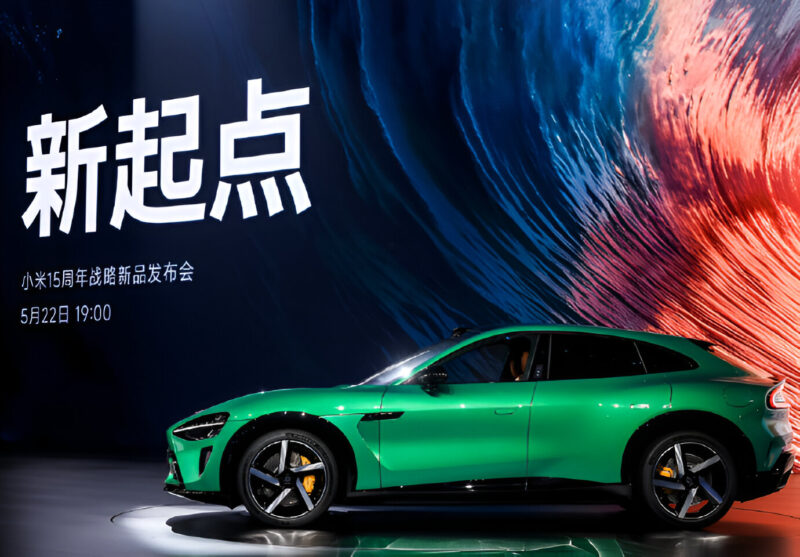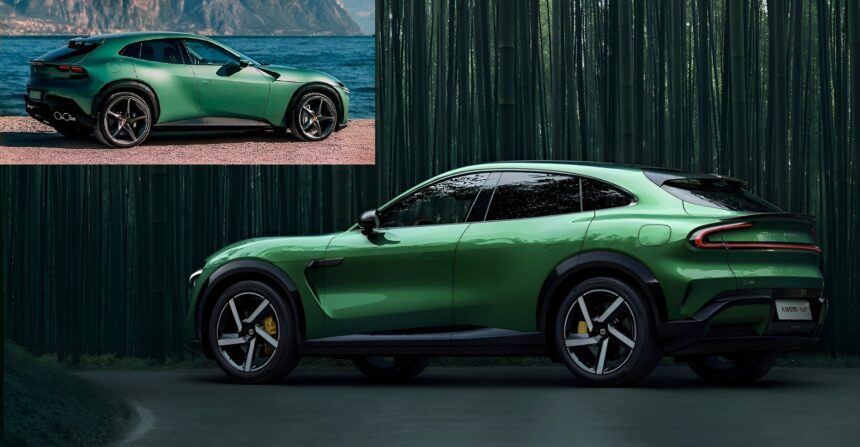The controversy surrounding Xiaomi’s new electric SUV, YU7, has sparked heated debates about design originality on Chinese social media platforms, echoing concerns raised with the company’s previous SU7 sedan release. The latest controversy stems from a Weibo post by Ai Tiecheng, formerly head of Nio’s Onvo sub-brand, which declared, “Entrepreneurs and shoppers should foster originality.” Despite Ai subsequently denying any connection to the automotive sector, many interpreted his comment as a direct jab at Xiaomi’s design approach.
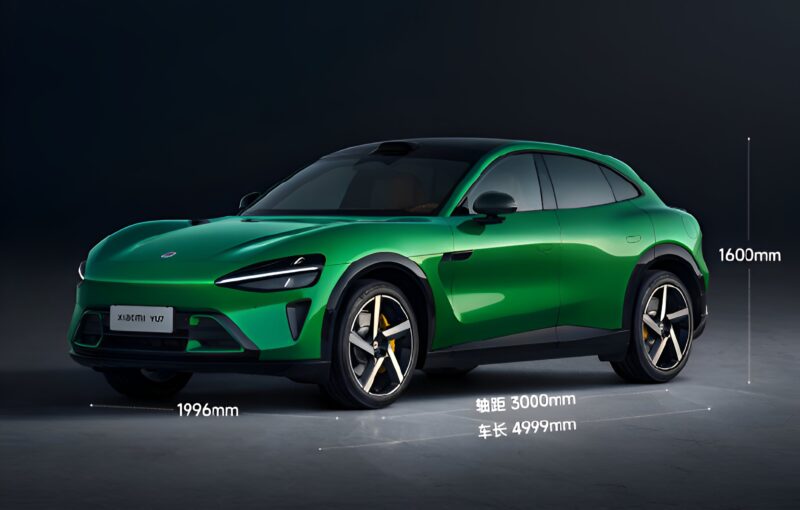
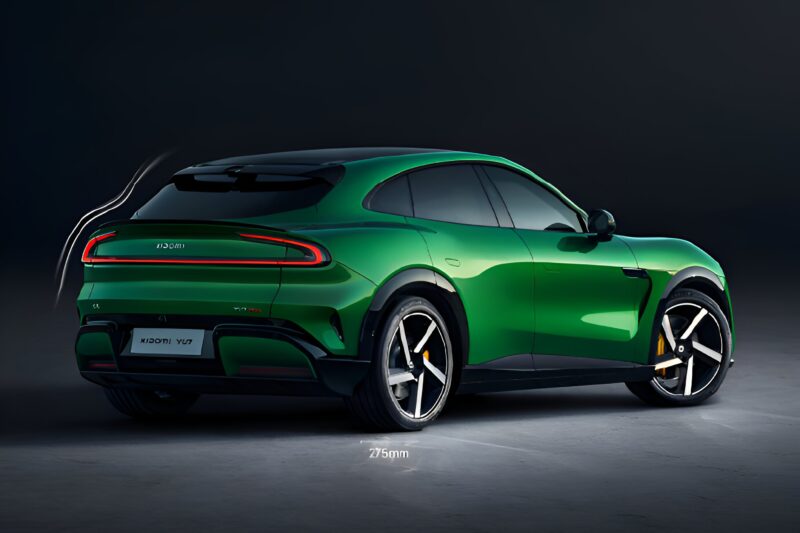
Ai recently reiterated his support for domestic innovation, emphasizing the importance of originality in business longevity. This stance has sparked speculation about his possible criticism of companies like Xiaomi, whose auto designs are often likened to luxury global brands.
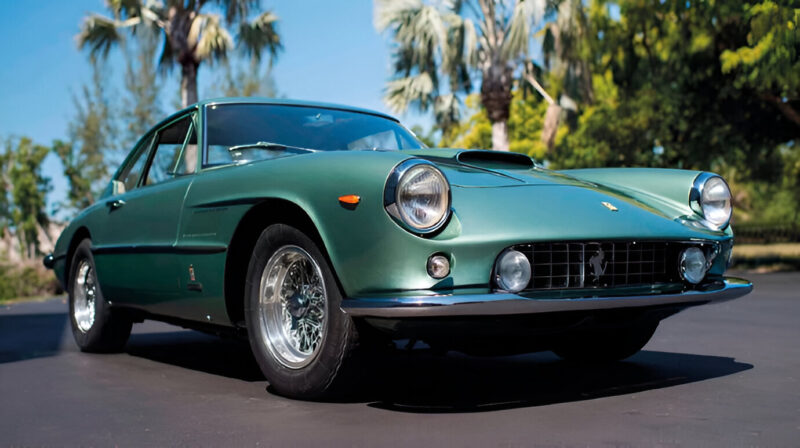
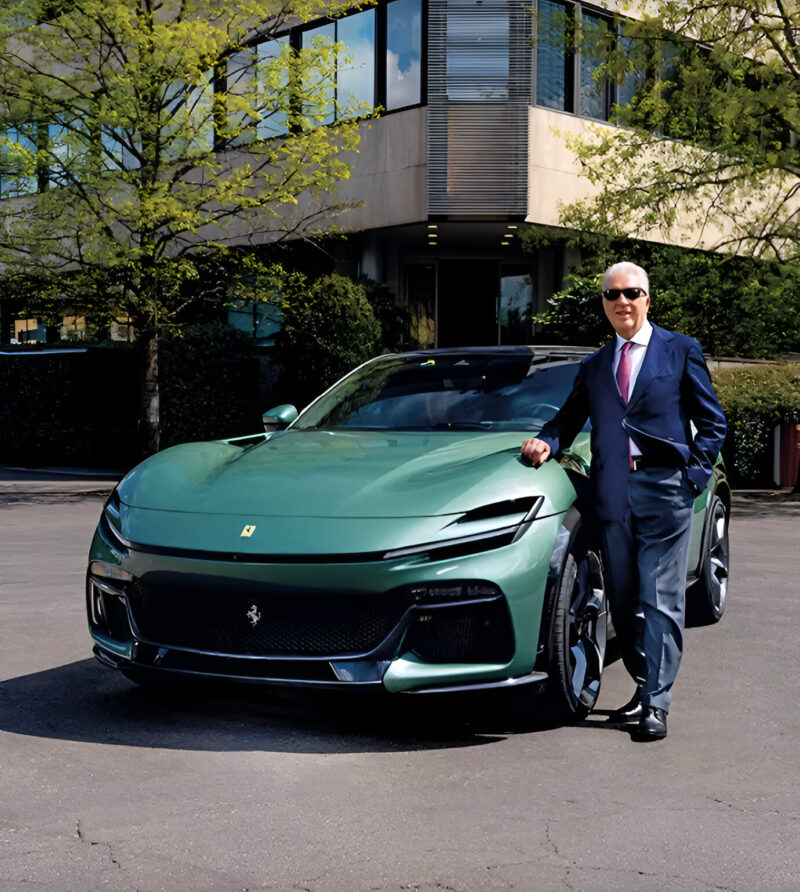
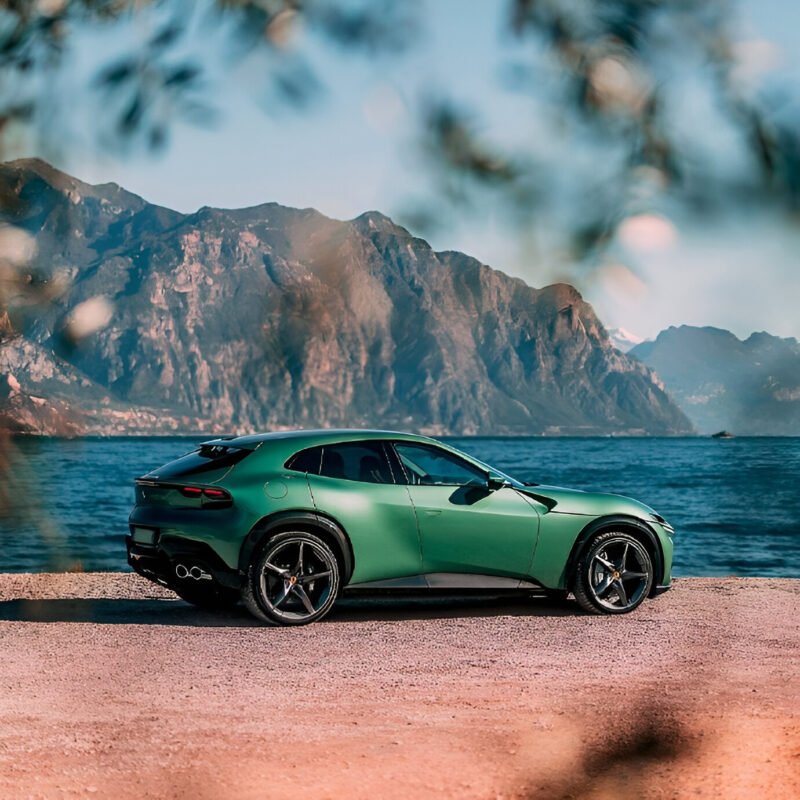
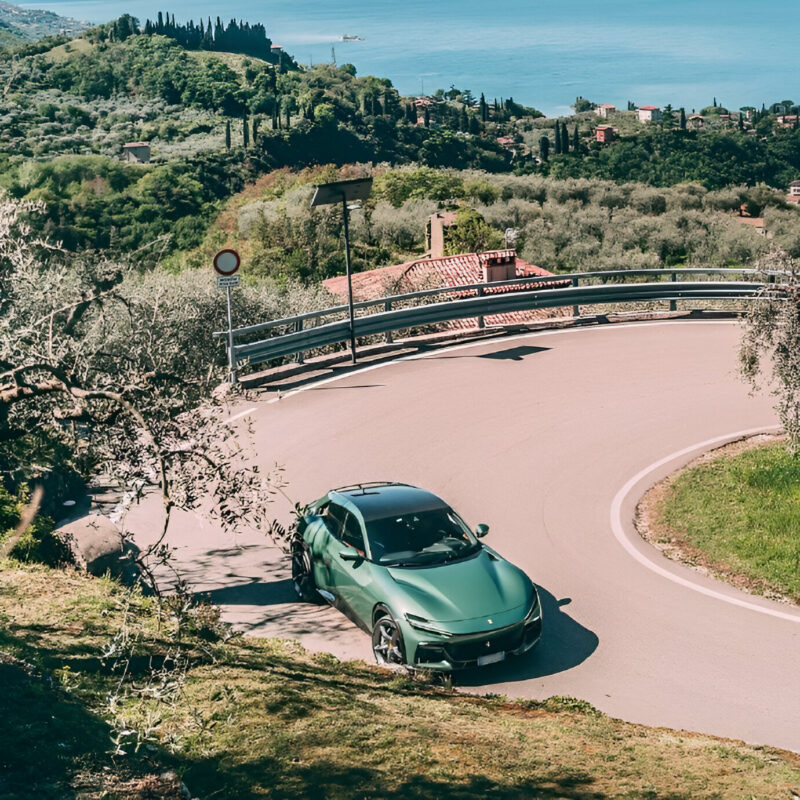
When Ferrari China unveiled its Purosangue SUV in Verde Dora, a heritage-rich colour choice reminiscent of Enzo Ferrari’s signature shade from six decades ago, the debate reached a fever pitch on their official Weibo account. On the same day, Xiaomi introduced its YU7 in a vivid emerald green color that bore an uncanny resemblance to the previous model. As Xiaomi’s CEO Lei Jun explained that Colombian emeralds inspired the phone’s colour, online users swiftly coined the term “Ferrari Mi” for the YU7, paying homage to the earlier “Porsche Mi” moniker bestowed upon the SU7 sedan.
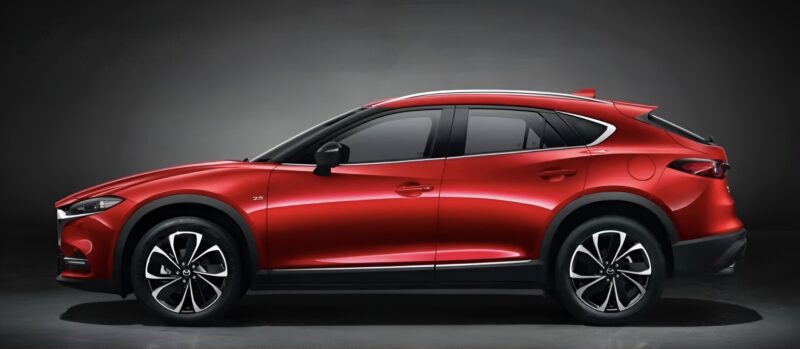
As the visible parallels triggered an online flurry of amusement, some internet users humorously thanked Lei Jun for “bringing Ferrari to the masses.” Meanwhile, others astutely observed that the commotion had inadvertently amplified Ferrari’s brand recognition. The Ferrari Purosangue’s online popularity has surged in China, ranking just behind the Xiaomi YU7, Deepal S09, and Xiaomi SU7 in terms of digital recognition.
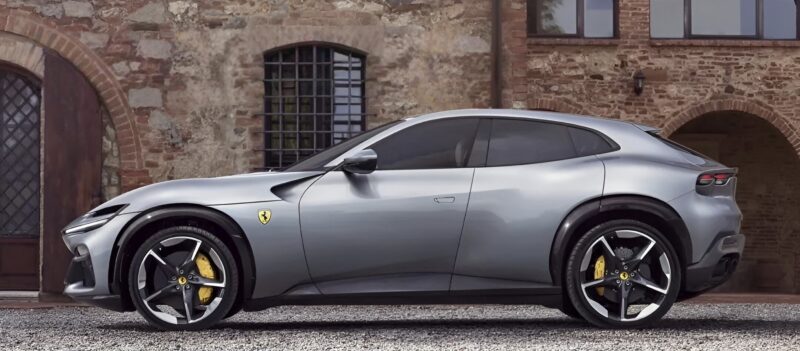
Chinese internet users have astutely pointed out that the Ferrari Purosangue bears striking design parallels with Mazda’s 2016 CX-4. While often referred to as the “Japanese Ferrari,” Toyota’s Crown Sport is actually renowned for its sleek design. Could these analogies have inadvertently spawned whimsical theories online suggesting that Mazda may, in fact, be the pioneering force driving the sporty aesthetic of contemporary electric vehicles?
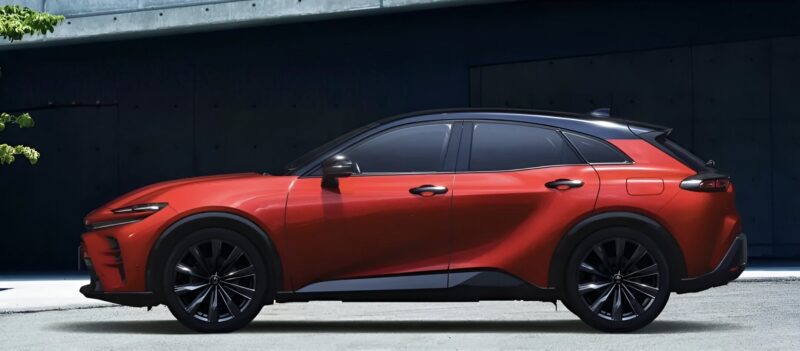
This isn’t the first time Xiaomi has faced criticism for design similarities. When comparisons were drawn between the SU7 and Porsche’s Taycan, Porsche China’s CEO offered a nuanced comment, acknowledging that similar thinking can sometimes lead to analogous conclusions. Xiaomi’s designs have consistently reflected the company’s commitment to authenticity, with Lei Jun meticulously considering each detail to ensure a unique and innovative aesthetic.
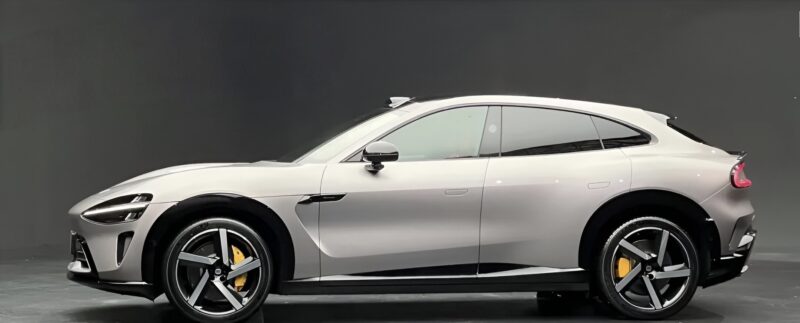
In defiance of market skepticism, the NIO ES7 recorded robust commercial success, surpassing the Tesla Model 3 and BYD Han in China’s upscale electric vehicle segment. During Xiaomi’s 15th anniversary celebration, Lei Jun announced that the company had shipped more than 258,000 units of its SU7 product. The YU7’s design has caught our attention with its sleek and modern aesthetic? It features a slim profile, rounded edges, and a stunning 6.1-inch OLED display that sets it apart from other devices in this class. Whether the “Ferrari Mi” moniker ultimately boosts or obscures its market appeal remains uncertain.
